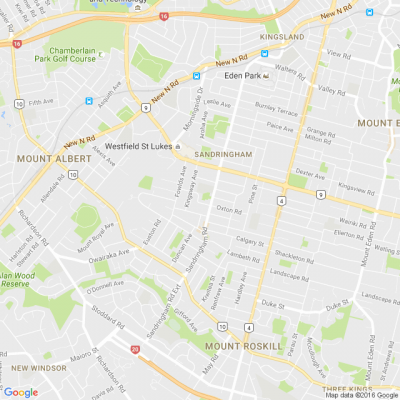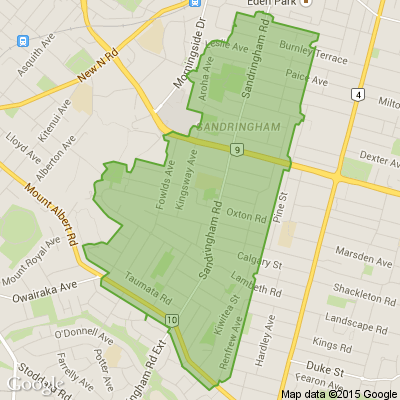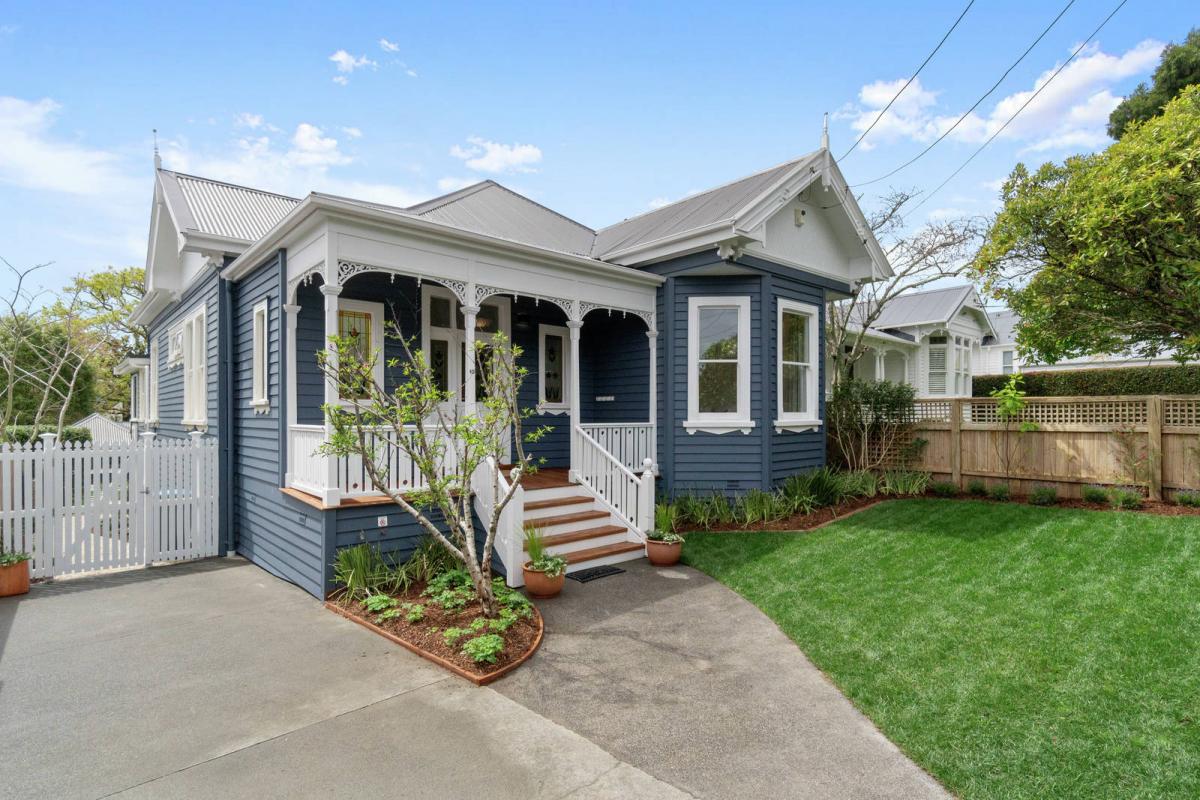GP fees explained: How your doctor sets their prices
General practitioners (GPs) can set their own patient fees in New Zealand — and they must weigh up several factors when it comes to the cost of their services.
While children under 14 are eligible for free health checks, and cheaper GP visits are available to certain groups through a High Use Health Card or a Community Services Card, everyone else is generally forking out a co-payment to visit their doctor.
So, how do GPs and medical centres decide on those fees? And why do they differ depending on where you are in New Zealand?
First, the government funding
========================
GPs get lower than expected funding boost from Health NZ
There are warnings it could mean some practices shut down, Cushla Norman reports.
GPs receive government funding through a system known as capitation.
Under capitation, GPs get a set amount of money for each enrolled patient they have, each year. They are not paid per visit.
The Government pays this money to Primary Health Organisations (PHOs) who then pay the money down to general practices within that PHO.
Not all patients are funded for the same amount under this system. The funding varies depending on things like a patient's age and gender, said Dr Angus Chambers, a GP and chairman of the General Practice Owners Association of Aotearoa New Zealand (GenPro).
"A very young person will go to the doctor a lot more for a whole lot of reasons and a very old person will too — but a 25-year-old is much less likely to, so there's a lesser [capitation] fee for [them]," he said.
However, this funding system is based around data from more than 20 years ago, Chambers said.
"It's very dated data ... and it's not nearly sophisticated enough," he said. "I get the same payment for a 65-year-old [patient] as I do for a 95-year-old, and a 95-year-old's health needs are exponentially higher than a 65-year-old's," he said.
"[The system] doesn't take into account the age and complexity of people and inequities, so it's generally accepted to be not really that fit for purpose; it's accepted it needs to be changed."
It also doesn't consider that health needs and health care have changed a lot over the past 20 years, Chambers said.
"There's new treatments, new tests, different ways of managing things, a surge in mental health demand — the list goes on."
Deciding on fee increases
=====================
This year's average allowable fee increase is 7.76%.
General practices need to work out how much they need to charge each year to cover costs and keep their business viable.
Underpinning those decisions is a fees review process known as the annual statement of reasonable GP fee increases (ASRFI).
This is a guideline issued by the Ministry of Health. It recommends a maximum percentage GPs can increase their fees by each year, based on predicted cost pressures, such as inflation, labour and other operational expenses.
This year's average allowable fee increase is 7.76%.
GPs can choose to increase their fees by more than the ASRFI, Chambers said, but they are in for a lengthy, expensive process if they do.
"If a practice breaches that ASRFI number, Te Whatu Ora can refer them to the Fees Review Committee," he said.
"[GPs] have to submit data to [the committee]. If they've exceeded [the ASRFI] and the committee thinks it's reasonable, they can go ahead. But if the committee doesn't think it's reasonable, then they can make a recommendation that you reduce your fees.
"There's quite a bit of risk and expense if you exceed the cap [on fee increases]."
Fee variations around the country
===========================
There can be significant variation in how much people pay to see a GP in New Zealand.
The amount people pay to see a GP can vary quite a bit, depending on what part of the country they live in.
Some of this comes down to the actual cost of doing business — leases can be quite a lot higher in Auckland than in small towns, for example — but some of the difference is historic, Chambers said.
He said regions with more socioeconomic deprivation have traditionally charged less because GPs would likely otherwise end up with bad debt and disgruntled patients.
Then, the fees review process and its cap on fee increases locks practices into low fees.
For example, if a GP charged $100 for a patient and was allowed a 5% fees increase, their fee would increase by $5 to $105. A GP in another area charging a $50 co-payment, on the other hand, would only be able to increase their fee by $2.50.
"The gap grows wider and wider because of this policy setting, so practices that have started off [with low fees] get entrenched in this historical discrepancy," Chambers said.
It's leading to what Chambers calls market failure.
"There's not enough GPs, so you're competing more and more [to hire people], and doctors are probably going to higher-paying jobs."
This means some regions, especially rural areas, are at further risk of losing access to general health services.
"We have this workforce shortage, which is partly related to poor policy in terms of training people, but also underfunding, which is making it far more attractive to go into other specialties than general practice."
The knock-on effect
================
Increasing GP fees can mean people put off medical care.
Higher co-payments can mean people put off going to a GP, Chambers said.
"That means they might present later and sicker ... or they can't afford it, so they end up going to the emergency departments and clog [them]."
Chambers said GPs know access to primary care is worse than it's ever been and don't like having to increase fees to cover costs.
But GenPro said last month Te Whatu Ora was failing to cover the increased costs of providing community health care, which ultimately means the cost burden shifts to patients.
PHOs represented by General Practice New Zealand, Te Kāhui Hauora Māori PHOs, and the Hauora Taiwhenua Rural Health Network have all similarly slammed the Government's funding offer for GP services this year.
"[GPs] don't want to increase fees like this because they're part of the community too and their patients are often well known to them — and they feel this is a result of very poor policy for quite a long time from both sides of the political divide," Chambers said.
"We're wearing the stick for failure of the government as a whole.
"[Governments] have had a lot of advice from people telling them that this situation will come around and they've, frankly, ignored it."
Te Whatu Ora told 1News it acknowledges the cost pressures GPs are facing and the growing demand on their services.
"Health NZ-provided services are facing similar pressures in a fiscally constrained environment," Health New Zealand Te Whatu Ora's living well director Martin Hefford said.
"Through our annual capitation uplift offer, we have worked hard to target available funding where it is most needed to support primary health care and general practice."
==========================================
www.1news.co.nz...
=========================================
Neighbourhood Challenge: Who Can Crack This One? ⛓️💥❔
What has a head but no brain?
Do you think you know the answer? Simply 'Like' this post if you know the answer and the big reveal will be posted in the comments at 2pm on the day!
Want to stop seeing these in your newsfeed?
Head here and hover on the Following button on the top right of the page (and it will show Unfollow) and then click it. If it is giving you the option to Follow, then you've successfully unfollowed the Riddles page.

Poll: 🗑️ Would you be keen to switch to a fortnightly rubbish collection, or do you prefer things as they are?
Aucklanders, our weekly rubbish collections are staying after councillors voted to scrap a proposed trial of fortnightly pick-ups.
We want to hear from you: would you be keen to switch to a fortnightly rubbish collection, or do you prefer things as they are?
Keen for the details? Read up about the scrapped collection trial here.

-
83.9% Same!
-
16.1% Would have liked to try something different
7 tips for buying your Christmas ham
It’s the centerpiece of the Christmas table, so when you’re peering into the supermarket chiller or ordering from the butcher, choosing the perfect ham can feel like a daunting task.
Here are some things to keep in mind when choosing one to bring home with you.
1. What type of ham to buy
You’ve got some decisions to make when it comes to the type of Christmas ham you’re going to buy.
Cooked on the bone (COB) ham is the traditional Christmas ham. If you’re buying a half ham, you’ll have the choice of the shank or fillet end. The shank is the part with the bone sticking out that gives the ham that traditional look. The fillet end is the round part that gives more meat. If you’re deciding whether to get a whole ham or half, consider how quickly you’ll be able to eat it all. You only have about a week to eat an opened ham before it will go off, so it can be a good idea to get two halves. That way you can eat one half during the week of Christmas and save the other for January.
Champagne ham has had the bone removed and only has the hock left on, so it’s easier to carve.
Pressed ham – also known as continental ham – has had the bones removed and has been pressed, so it’s also easy to carve.
2. Check the pork percentage
The label on a packaged ham will say what percentage is actually meat. Hams are injected with brine, to keep them moist, and additives. The brine injection level for manufactured hams is usually between 10% and 35% of the ham's weight. A manufacturer that wants to produce a cheap ham will add more water to bump up the weight.
3. Know how to tell if it’s New Zealand pork
By far, most of the hams bought in New Zealand this Christmas will be from pigs reared overseas. New Zealand imports pork from about 25 countries. It’s frustrating for New Zealand pig farmers because this ham can come from farms that don’t have to meet the same animal welfare standards as we have in this country. As a result, overseas meat is often cheaper.
If buying New Zealand pork is important to you, look for:
words on the packaging like ‘New Zealand pork’ or ‘born and raised in New Zealand’
4. Have a good look at the ham
If you’re going to be glazing your ham, look for one that is covered in a finger-thick layer of fat. This will give you the thickness you need to make good score lines.
New Zealand Pork’s website also advises looking for a ham that has a meaty texture rather than one that looks wet or rubbery. It says the ham’s skin should be smooth with even colouring. “If the knuckle is sunken, it may be overcooked. If the rind is buckled or uneven, it may be a sign of dryness.”
5. Ask a lot of questions
If you’re ordering your pork from a butcher, you probably won’t be able to compare hams like you would at the supermarket. So, make sure you ask lots of questions, now that you know what you’re looking for.
You could ask:
Is the ham made from New Zealand born and farmed pork?
What will be its injection percentage?
What flavours will it have?
You could even ask if there’s a glaze the butcher thinks would work particularly well with those flavours.
6. Know what size you’ll need
If the ham is the only meat on your Christmas menu, New Zealand Pork advises allowing 1kg of ham for five people. Or if you’ve got other meat options, 1kg will feed about six to eight people.
7. Know the best hams in New Zealand
The best hams of the year were awarded at the 100% New Zealand Bacon & Ham Awards earlier in the year so you can check out which ones got medals. Some of them are only available in the city the butcher is based, but a Farmland boneless ham available nationwide won a gold award and Woolworths bone-in and boneless hams picked up bronze.
====================================================







 Loading…
Loading…




